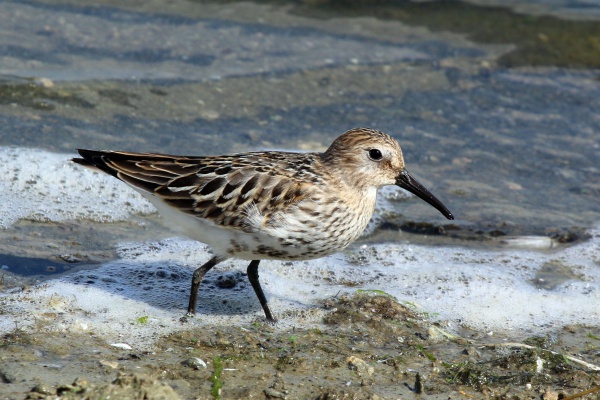Facts About Dunlin
The dunlin is a charming, small wader bird, easily recognized by its distinctive plumage and fascinating migratory patterns. This species breeds in the chilly Arctic and subarctic regions but spends its winters in warmer locales across Africa, Asia, the Middle East, and North America. The name "dunlin" comes from the words "dull brown" and "ling" which refers to something possessing a particular quality.
What sets the dunlin apart is its specialized bill, well-suited for digging up invertebrate prey from mud and sand. During the breeding season, adult dunlins exhibit a striking black belly, while in winter, they adopt a more subdued grey above and white below. Juveniles, in contrast, sport brown plumage with white markings. Depending on the subspecies, these birds can also display variations in rufous coloration and bill length.
When it comes to nesting, dunlins create a simple, shallow scrape on the ground. Their chicks are precocial, meaning they are relatively mature and mobile shortly after hatching, taking to the skies at about three weeks old.
Dunlins are social creatures, often seen in large flocks during migrations or along coastal habitats. Their feeding style is quite distinctive as well; they employ a "sewing machine" action to methodically pick small food items. Their diet shifts with the seasons, consisting mainly of insects during nesting and a mix of mollusks, worms, and crustaceans in coastal areas.

 Lithuania
Lithuania